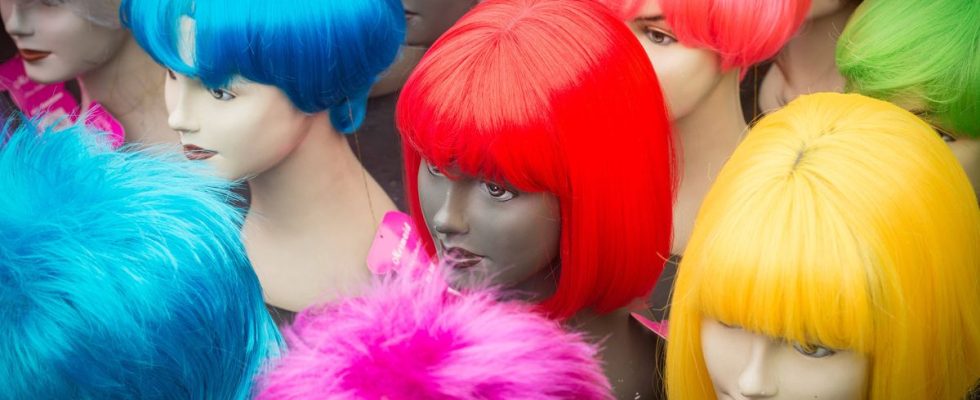” Correct outfit required “. It has been more than two weeks since Rénatan, a 16-year-old high school student, has stopped attending classes at the private high school La Sagesse, in Valenciennes, in the North. At the end of November, the school management permanently expelled him, forbidding him from returning to class until he had regained “normal” hair color. The teenager’s mother denounces discrimination not only linked to his haircut, but also to his sexual orientation. The high school, for its part, affirms that it is only a question of enforcing the internal regulations.
Rénatan “is homosexual and it shows, he has a very effeminate attitude, it’s his way of being and his way of expressing his gender identity,” explains the teenager’s mother, Virginie. “He has colored hair” like “many students in the establishment,” she continues. For the latter, “this poses no problem for management”, assures Virginie, “except for our son who does not fit into their ‘boxes’”. The fact is that, on November 27, Rénatan was unable to go to class with the others, being sent to the duty room. A sanction “until he regains normal hair color”, confirms 20 minutes the management of the Lycée.
“Any hairstyle deemed eccentric is prohibited”
This is where the versions diverge. “Since that day, we have been fighting with management to make our son’s rights heard to be treated in the same way as other students,” insists Virginie. “There is no discrimination linked to the sexual orientation of this student,” defends the management. “When he enrolled in high school, he signed the internal regulations specifying that any hairstyle deemed eccentric was prohibited,” we continue, adding that “Rénatan was committed to returning to a normal color within three weeks, this which he did not do.”
Asked by 20 minutes on the “normality of a hair color”, the school management suggests “blond, brown, black, chestnut, auburn…”, but certainly not “blue, green, red or pink”. Except that nothing is written in black and white, the acceptability of this or that coloring being left to the judgment of the educational staff. After consulting the internal regulations of other private establishments, 20 minutes found that many actually referred to their students’ hairstyles. “The outfit and hairstyle must be adapted to school life”, it is written in that of the “La Merci” high school, in Montpellier. “Eccentric haircuts and colors are to be prohibited,” specifies the regulations of Notre-Dame-de-Peltre, in the Grand-Est. Saint-Vincent-de-Paul, in Algrange, also refuses “eccentric clothing and body styles”.
“These are vague formulations”
For Maître Louis le Foyer de Costil, lawyer specializing in education law, the main problem is that “these are vague formulations”. He draws a parallel with the famous injunction “proper attire required”: “it’s a phrase that we find everywhere, whether in nightclubs or in the corporate world. » For him, these are clauses which “are an attack on individual freedom rather than discrimination”. And if this is justified in the world of work, where the employee’s outfit can be considered to harm the image of the company, this does not hold for a high school student who “is not in representation”.
Except that Maître Louis le Foyer de Costil recognizes it, “he is not aware of any case law of similar cases”. It is therefore up to the student to comply with the internal regulations that he has signed since it is a contract which binds him. Of course, clauses considered unfair can always be denounced, and this is partly the subject of the complaint that Rénatan’s mother claims to have filed. If his son’s case came before the courts and he was successful, it is this judgment that could set a precedent.

